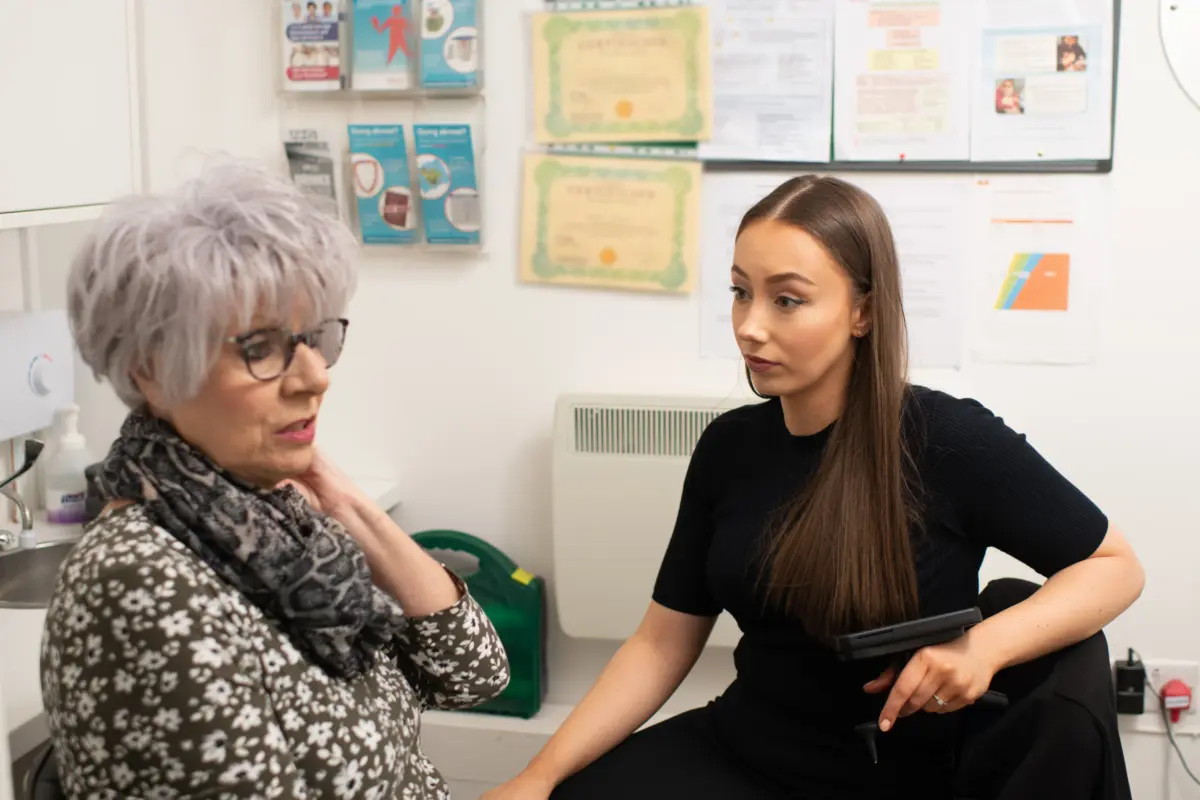Primary Care Networks (PCNs)
Published on: 10th November 2018 | Updated on: 15th November 2022
Primary Care Networks (PCNs) are a key part of the NHS Long Term Plan, with general practices being a part of a network, typically covering 30,000-50,000 patients. The networks will provide the structure and funding for services to be developed locally, in response to the needs of the patients they serve. It is important that community pharmacy teams are fully involved in the work of their PCN and this is being encouraged via the Pharmacy Quality Scheme.
The networks will have expanded neighbourhood teams which will comprise a range of staff such as GPs, clinical pharmacists, district nurses, community geriatricians, dementia workers and Allied Health Professionals such as physiotherapists and podiatrists/chiropodists, joined by social care and the voluntary sector’.
Guidance and resources to help community pharmacy get involved in PCNs
Click on a heading below for more information.
The NHS LTP described the development of PCNs, which were subsequently established in 2019 as an objective of the Network Contract Directed Enhanced Service (DES) for general practices. A PCN consists of groups of general practices working together with a range of local providers, including across primary care, community services, social care and the voluntary sector, to offer more personalised, coordinated health and social care to their local populations. They are the ‘building block’ of local healthcare systems and generally cover local populations of 30-50,000.
PCNs are in their third year of existence and the continued ambitions for PCNs over the next three years include systematically delivering new services to implement the LTP and achieving clear, positive and quantified impacts for people, patients and the wider NHS. There are approximately 1,250 PCNs across England.
The intention of PCNs is to be wider than general practice, incorporating a range of community providers, including community pharmacy. The Network Contract DES, from April 2020, required general practices, as part of their PCN, to collaborate with non-GP providers, such as community pharmacy.
NHS England and NHS Improvement (NHSE&I) expect to see this collaboration reflected in the Network Agreement, which is agreed by all PCN member general practices, with community pharmacy being a key partner in PCNs.
PCNs will be critically important to the development of primary care services over the next few years and it is therefore essential that community pharmacy is fully engaged in PCNs; this is the reason that PCN engagement has continued to be included in the Pharmacy Quality Scheme and why Community Pharmacy England believes all contractors should get involved in their local PCN.
This short NHS England animation explains the concept of PCNs and how this way of working enables health and other services to work together to provide better access for patients:
The PCN concept is broadly based on the National Association of Primary Care’s Primary Care Home (PCH) model; see below for more information on the PCH model.
The NHS Long Term plan said that PCNs will become an essential building block of every Integrated Care System (ICS).
A new extension to the GP contract was agreed in January 2019, as part of NHS England’s five-year framework for GP services: the Network Contract Directed Enhanced Service (DES); this went live on 1st July 2019 and it enables GP practices to play a leading role in every PCN.
As part of the requirements of the DES, PCNs must appoint a Clinical Director as their named, accountable leader, responsible for delivery, who will also provide strategic and clinical leadership to help support change across primary and community health services.
All PCNs have a Network Agreement which sets out the collective rights and obligations of the general practices in the network, as well as how the network will partner with non-GP practice stakeholders such as community pharmacies. The Network Agreement also includes a patient data-sharing requirement, in order to support safe and effective provision of patient care across the general practices.
A PCN cannot exist without its constituent practices, but its membership and purpose should be much wider. The NHS Long Term Plan sets out a clear ambition to deliver ‘triple integration’ of primary and specialist care, physical and mental health services, and health with social care. PCNs will be the foundation of all ICS and every ICS will have a critical role in ensuring that PCNs work in an integrated way with other community staff and providers; collaboration arrangements with other local organisations will form a distinct part of every Network Agreement from April 2020.
The National Association of Primary Care (NAPC) launched the Primary Care Home model at their annual conference in October 2015. The PCH model is designed to support the strengthening of primary care in line with the new care models outlined in the NHS Five Year Forward View. The programme was supported by NHS England.
PCH is an innovative approach to strengthening and redesigning primary care. The model brings together a range of health and social care professionals to work together to provide enhanced personalised and preventative care for their local community. Staff come together as a complete care community – drawn from GP practices, pharmacy, community, mental health and acute trusts, social care and the voluntary sector – to focus on local population needs and provide care closer to patients’ homes. PCH shares some of the features of the multispecialty community provider (MCP) care model, but its focus is on a smaller population (30,000 to 50,000 patients) enabling primary care transformation to happen at a fast pace, either on its own or as a foundation for larger models.
NAPC received almost 70 applications to be part of the initial phase of the programme and the successful fifteen rapid test sets were announced on 17th December 2015. In late 2016, additional ‘Community of Practice’ sites joined the programme. Details of these sites and further information on the programme can be found on the NAPC website.
In August 2017, the Nuffield Trust published an evaluation report of the PCH model, which looked at how sites can make early progress with implementing and evaluating their local PCH models and potential challenges.
The following short NAPC video illustrates one example of how community pharmacy is participating in the PCH model:
On 31st March 2017, NHS England published Next steps on the NHS Five Year Forward View, which reviewed the progress made since the launch of the NHS Five Year Forward View (5YFV) in October 2014 and set out a series of ‘practical and realistic steps’ for the NHS to deliver a more joined-up and responsive NHS in England.
One of those steps was to encourage general practices to work together in ‘hubs’ or networks of at least 30,000-50,000 patients – building on the PCH model. In February 2018, Refreshing NHS Plans for 2018-19 set out the ambition for CCGs to actively encourage every general practice to be part of a PCN so that these cover the whole country as far as possible by the end of 2018/19.














